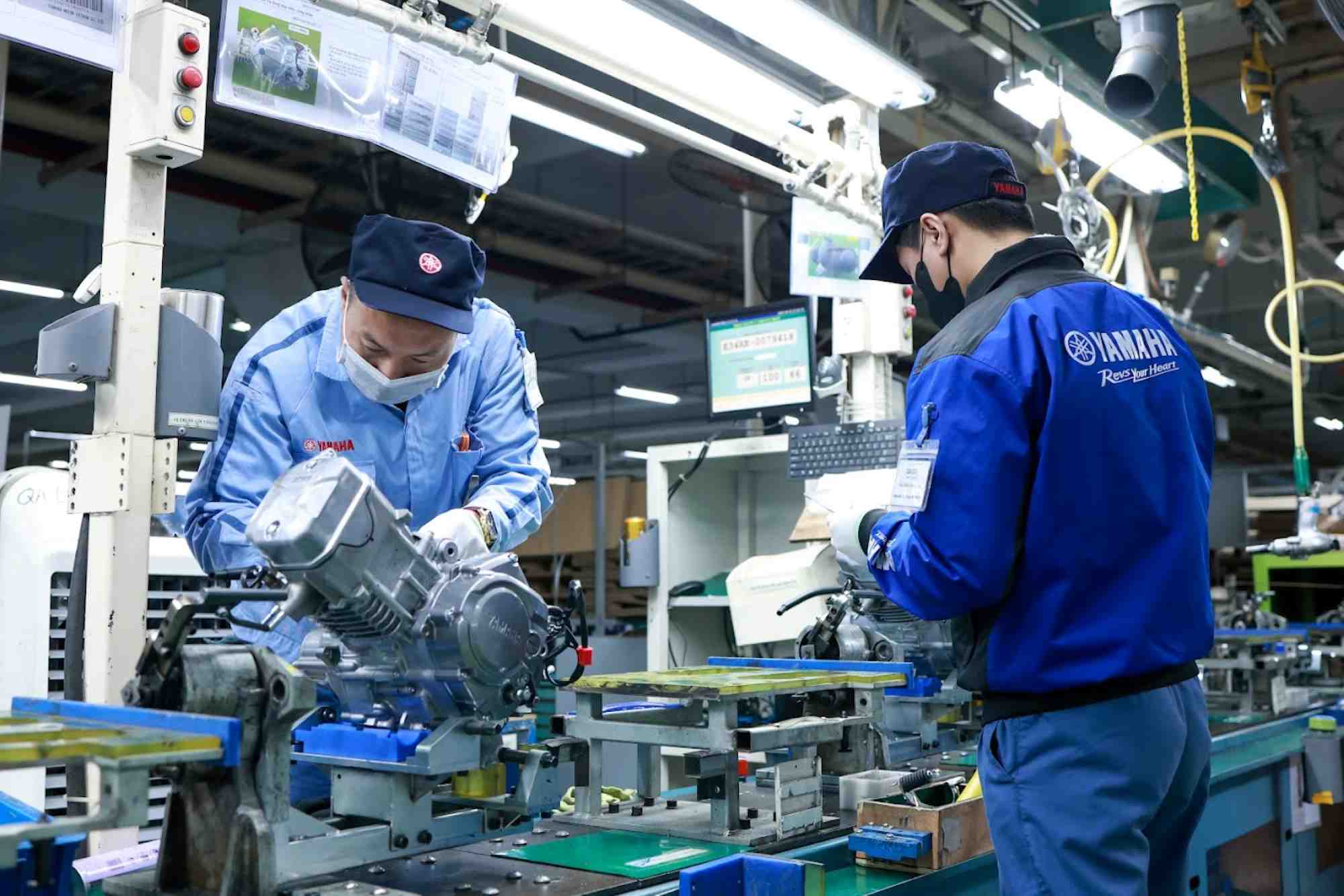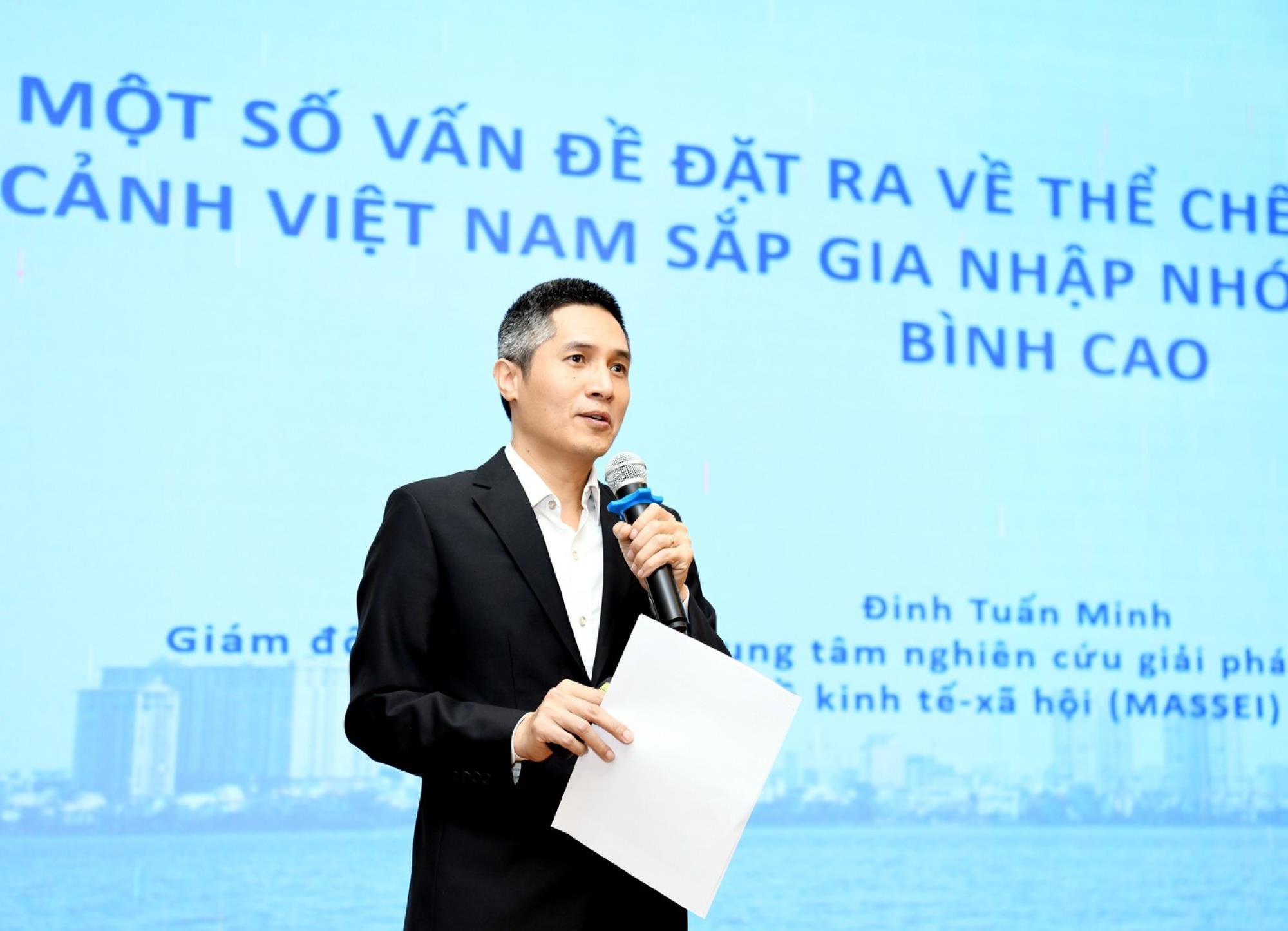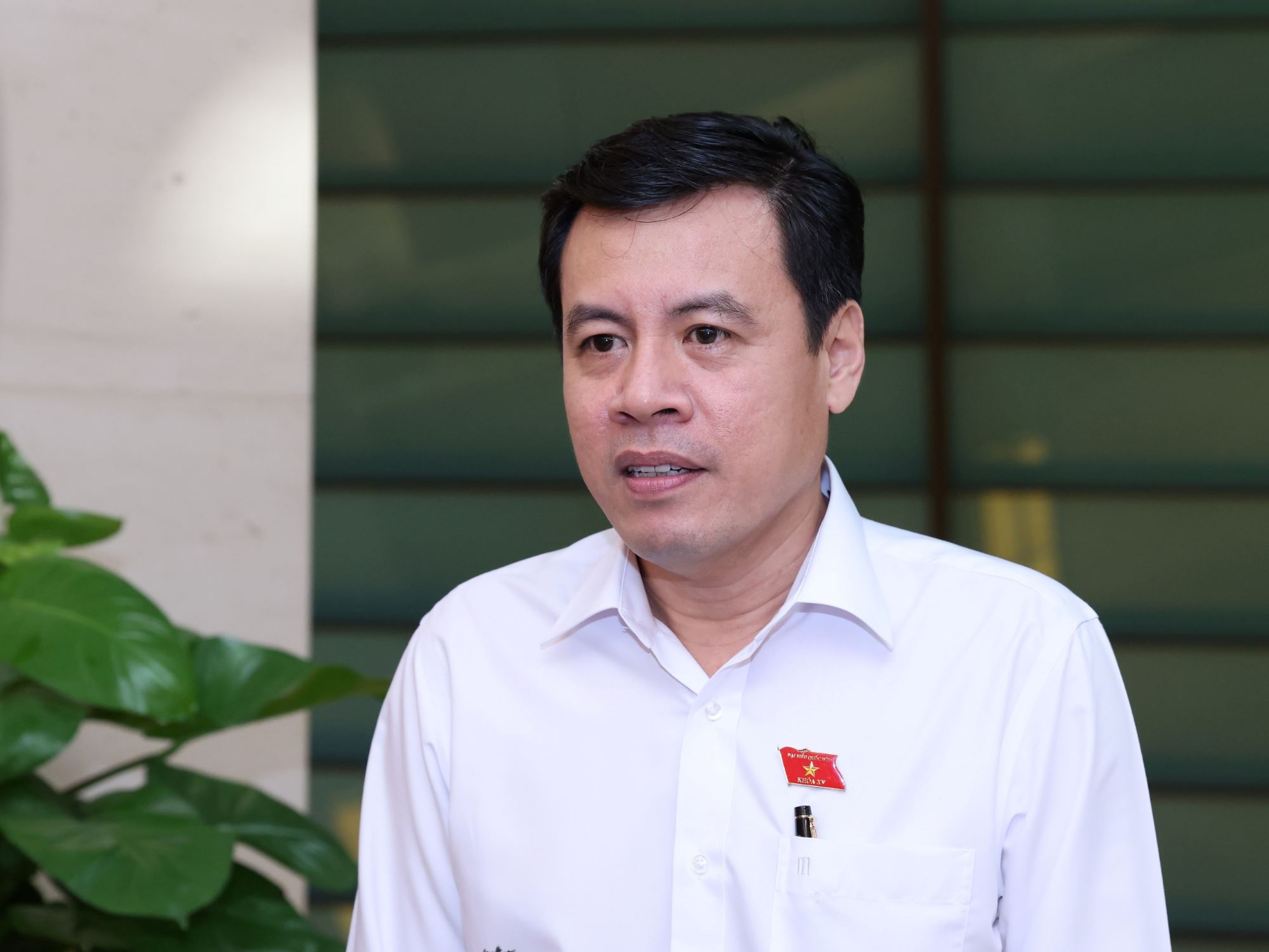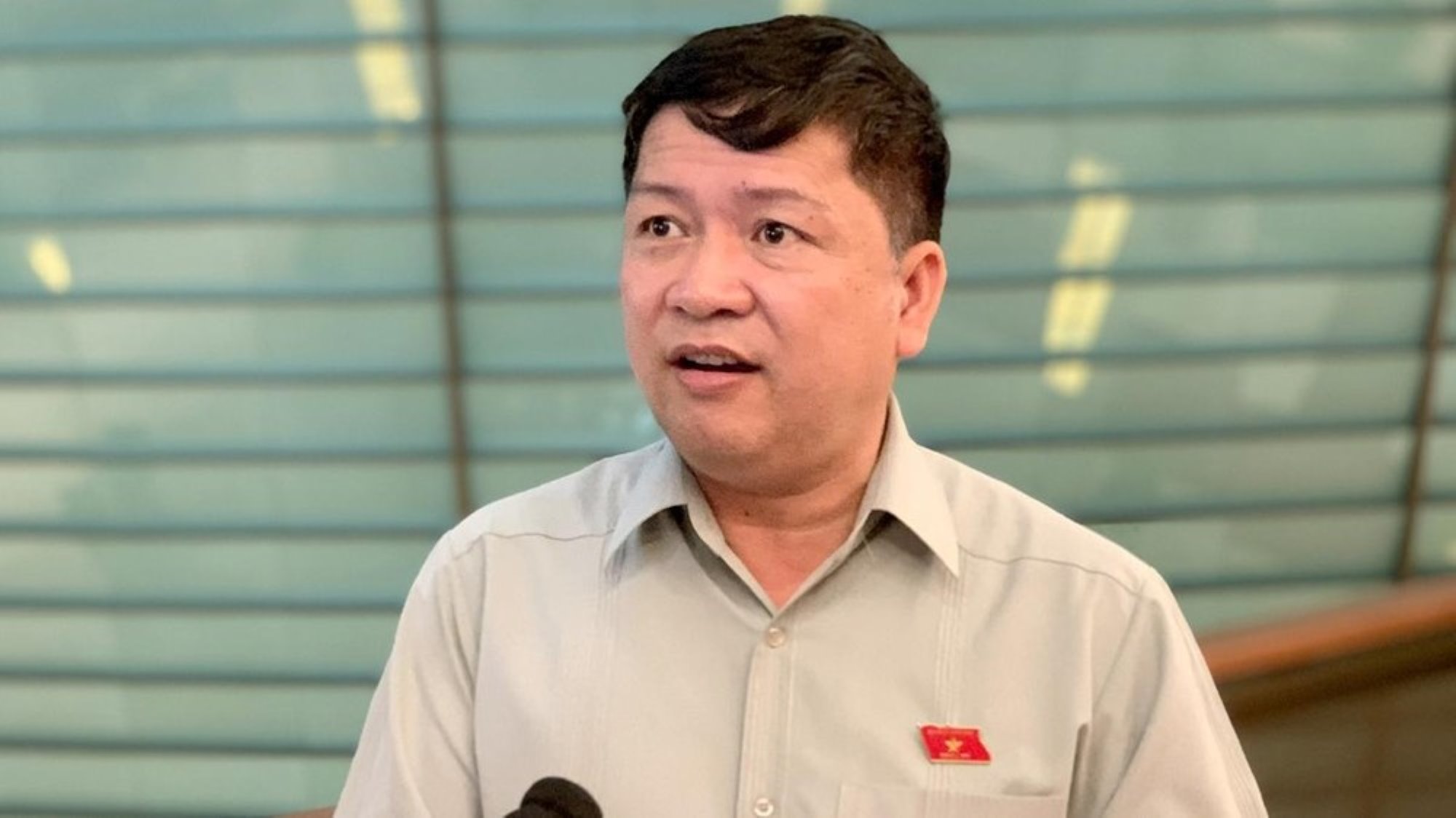Commit to GDP growth of at least 8-10%
For the first time, the Government issued a separate resolution on the growth targets of 12 sectors, fields and 63 localities, instead of setting a general growth target for the whole country as every year. This demonstrates the Government's highest determination to strive for GDP growth of 8% or more this year.

The Government assigned 18/63 localities a double-digit GRDP growth target and no locality grew below 8%. The two economic locomotives, Hanoi and Ho Chi Minh City, were assigned growth of 8% and 8.5%, respectively.
After the Government assigned the growth target of 12%, Quang Ninh province is determined to build a growth target, striving to exceed 14%. Hai Phong is committed to striving to achieve the growth target of 12.5%, possibly even higher.
Chairman of the Ho Chi Minh City People's Committee Nguyen Van Duoc said that the city is very determined because the whole country should strive for growth of at least 10% in 2025.
Identifying key factors, new development drivers

Talking to reporters of Lao Dong Newspaper, Director of the Center for Market Solutions Research for Socio-Economic Issues (MASSEI) Dinh Tuan Minh emphasized that the role of Ho Chi Minh City, Hanoi and Da Nang is very important. These localities with remarkable growth are also a great driving force for the overall economy of the country.
Promoting investment, removing barriers, especially public investment, will be the basis for economic locomotives to grow - Mr. Dinh Tuan Minh said.
According to this economist, economic locomotives also face some challenges. These are all large urban areas, so investment barriers such as site clearance; conflicts between projects, works... are often quite common and the issue of attracting investment in industrial parks.
"So now attracting high-quality investors is not an easy story at all. This requires mechanisms to attract new investors" - Mr. Dinh Tuan Minh said.

Delegate Tran Anh Tuan (HCMC Delegation) said that there needs to be a very specific solution to stimulate traditional growth drivers such as consumption, investment, and exports; fiscal policies need to accompany monetary policy; encourage and facilitate the development of the private sector, because this sector accounts for 60% of the economic structure.
According to the delegate, it is necessary to continue to promote public investment, especially key projects. Continue to improve the investment environment, remove institutional and administrative obstacles, especially in big cities such as: Ho Chi Minh City, Hanoi, Hai Phong, Da Nang, Can Tho. In which, the role of science and technology and digital transformation is very important, there needs to be strong investment incentive policies in these fields.
Chairman of Hanoi People's Committee Tran Sy Thanh said that to achieve double-digit growth assigned by the Government, Hanoi strives to disburse about VND87,000 billion in the plan, especially focusing on major transport infrastructure projects such as bridges and urban railways; continue to review about 200 projects that are slow to be implemented.
Hanoi identifies the development of science, technology, and innovation as key factors, as new resources and driving forces for development.

Delegate Ta Van Ha (Quang Nam National Assembly Delegation) said that in order for economic locomotives such as Hanoi, Ho Chi Minh City, Da Nang, Hai Phong to achieve the growth target of 8% or more, the maximum mobilization of financial resources among the people must focus on increasing bank interest rates and buying government bonds.
However, the Government must flexibly find reasonable and effective solutions to both mobilize money from the people but still promote economic growth, creating conditions for businesses to promote production and business.
The delegate proposed that Hanoi promote urban economy, regional linkages, and promote its role in the Red River Delta Coordination Group. The city needs to attract selective investment in high technology, green industry, semiconductor chips, AI, energy transition and supporting industries.
For Quang Ninh, the economic zone is one of the driving forces and a support to achieve the province's economic growth target of 14%. Meanwhile, Ho Chi Minh City needs to mobilize all resources and social capital to focus on development investment and take public investment as the lead for private investment, mainly investment in the transport infrastructure sector.











